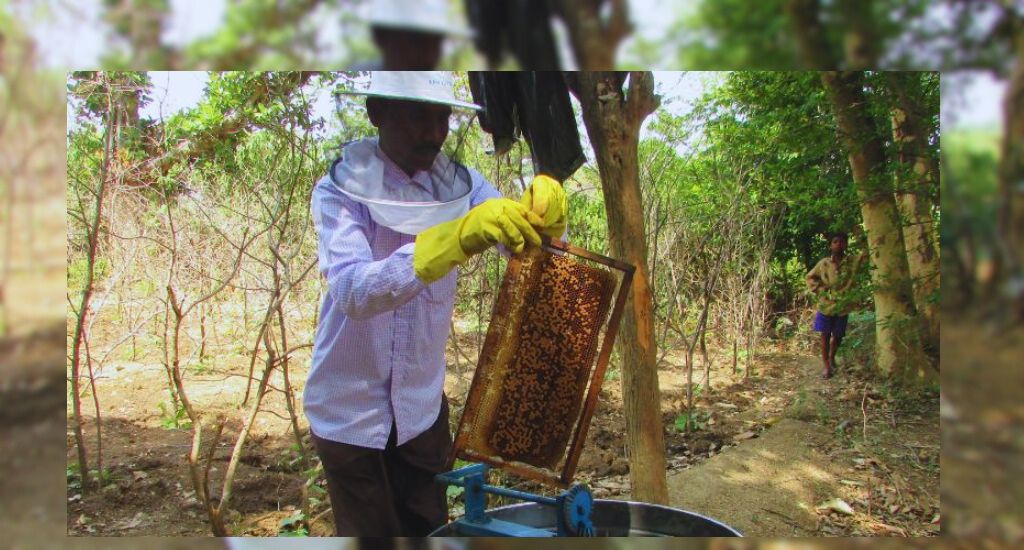
Jharkhand’s buzzing beekeeping biz
With wild flowering trees flourishing in Kelo and Jarakel villages, the local tribal communities learn the basics of beekeeping and head towards making the area Jharkhand’s first honey hub.

With wild flowering trees flourishing in Kelo and Jarakel villages, the local tribal communities learn the basics of beekeeping and head towards making the area Jharkhand’s first honey hub.
How does an apiary managed by a bunch of women’s self-help groups (SHG) compare with one managed by a single man? Well, there was only one way to find out and that is what Torpa Rural Development Society for Women (TRDSW) did.
The Jharkhand-based non-profit organisation wanted to test the success of an apiary using two models – a group of women SHGs manages one while a single beneficiary takes care of the other.
“We started with the same number of beehives in two villages simultaneously,” said TRDSW director Mariaelena Figueredo.
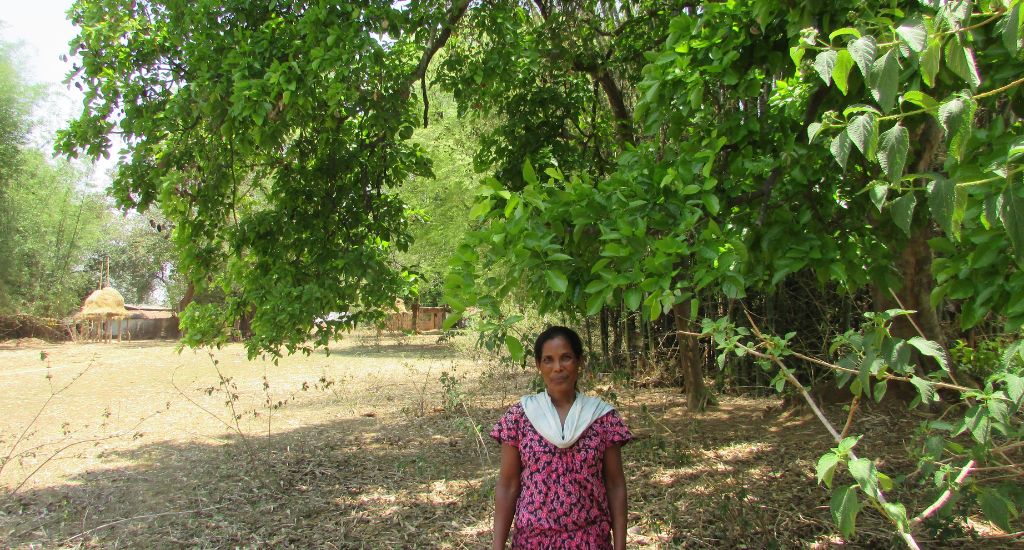
Langstroth hives with vertical frames were used with Apis mellifera bees. In the first model, 49 women from four self-help groups of Kelo village in Rania administrative block of Khunti district managed 50 hives. In the second model, one man managed 50 hives in Jarakel village.
The criterion for selecting the apiary site was a minimum of 100 flowering trees within a 3 km radius of the location because the honeybee collects nectar from flowering trees within this distance from the hive. Bees do not travel further than that, given their tiny body and wings.
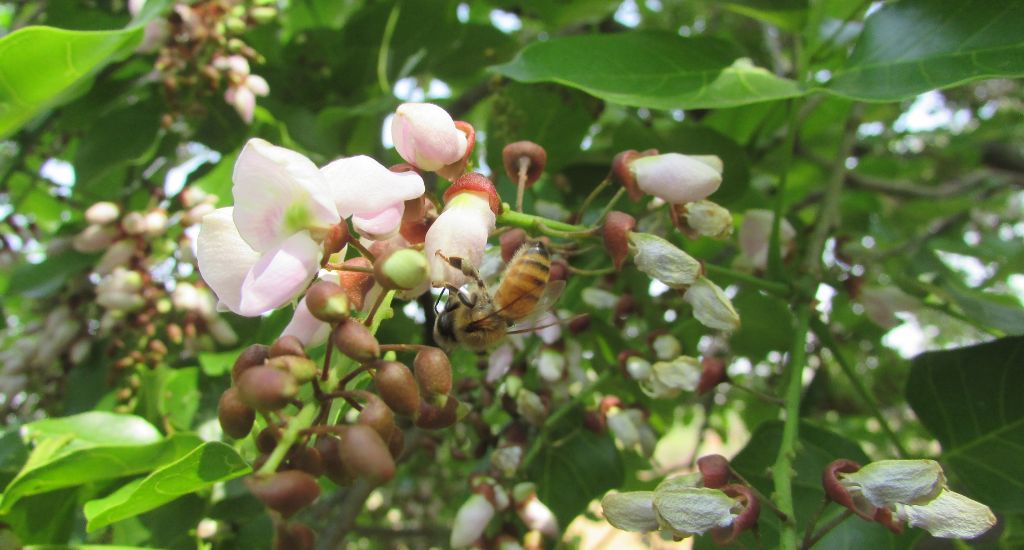
TRDSW team members Amrit Bara, Vikash Mehta, Ajit Dahanga and Shveta Jadhav spent weeks identifying the perfect flora for setting up the two apiary sites, walking through difficult forest paths for hours together. The team travelled, looking and literally counting similar flowering trees in villages of Rania block, which is situated on the periphery of the Singhbhum-Saranda forest and has plenty of flowering trees.
Also Read | The elephant and the honey bee: Are there lessons for Meghalaya and Tripura?
It was the indigenous wisdom of the Munda tribe that led them to finding hundreds of karanj (Millettia pinnata) trees in Kelo and Jarakel villages.
“We made another discovery on the first day. We started arranging our hives at Jarakel village. Within 30 minutes of setting up the apiary, bees start foraging on the nearby honeysuckle (Lonicera sp) tree, also known as dhelkatta in Jharkhand. The next day, we noticed that bees at Kelo village too were collecting nectar from dhelkatta trees,” Figueredo added.
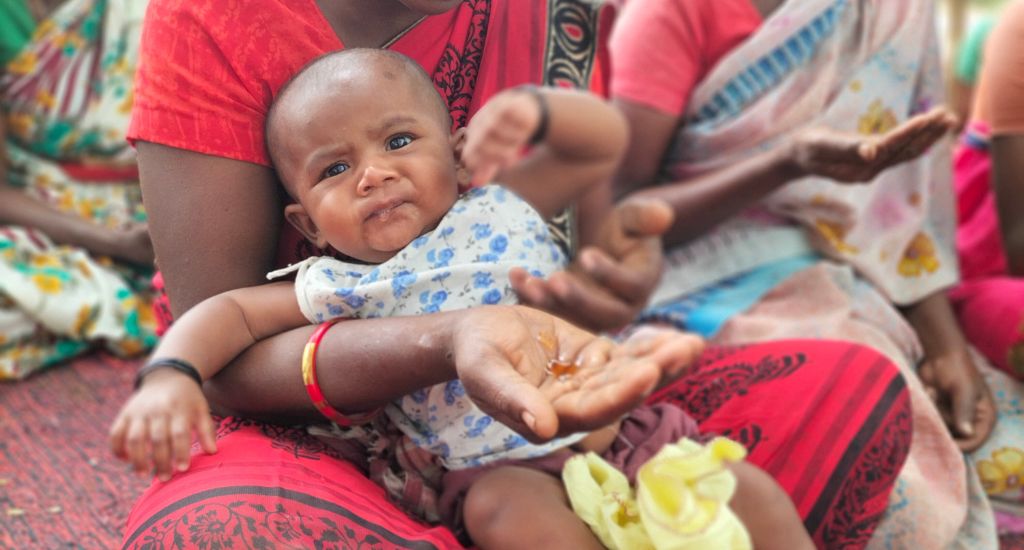
On some mornings the bees swarmed the gamhar (Indian white teak) tree. In March, the insects collected nectar from flowers of dhelkatta and gamhar trees. Usually, after the first week of April, the karanj tree starts flowering. But this year, due to the heat wave, flowering was delayed. Bees found nectar in flowers of tamarind trees. Finally, towards the end of April, buds started appearing in karanj trees and the honeycombs were glittering with honey.
Along with the women of the SHGs, the team monitored each and every bee hive closely.
“We also kept a watch on the hives of Ruben Kandulna, the sole male beneficiary at Jarakel,” Figueredo said.
Monitoring involved recording the date of visit, presence of the queen bee in each hive, formation of queen cell, brood pattern, health of the bees and presence of honey in the combs.
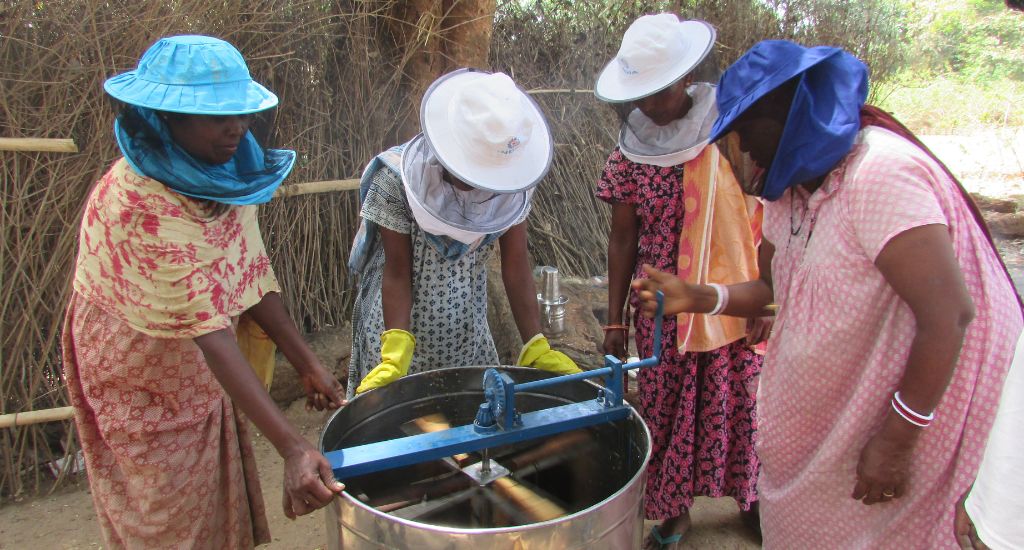
The name of the appointed bee inspector (ABI) was also recorded. TRDSW had appointed ABIs Vikash Mehta, Anmol Guria and Roshan Guria for Kelo village and Ajit Dahanga for Jarakel. Hive inspection sheets were prepared for recording data and monitoring the progress of the apiary.
Before the karanj season began, we had started live demos about handling bees. Initially, everyone was afraid of stings and it took the women a while to start inspecting the hives.
But TRDSW found it necessary to teach the community about regular hive inspection. After a few weeks, each SHG member, under the leadership of Anima from Kelo village, was able to identify the queen bee and check the health of each hive.
Also Read | Chhattisgarh tribes taste success raising honeybees
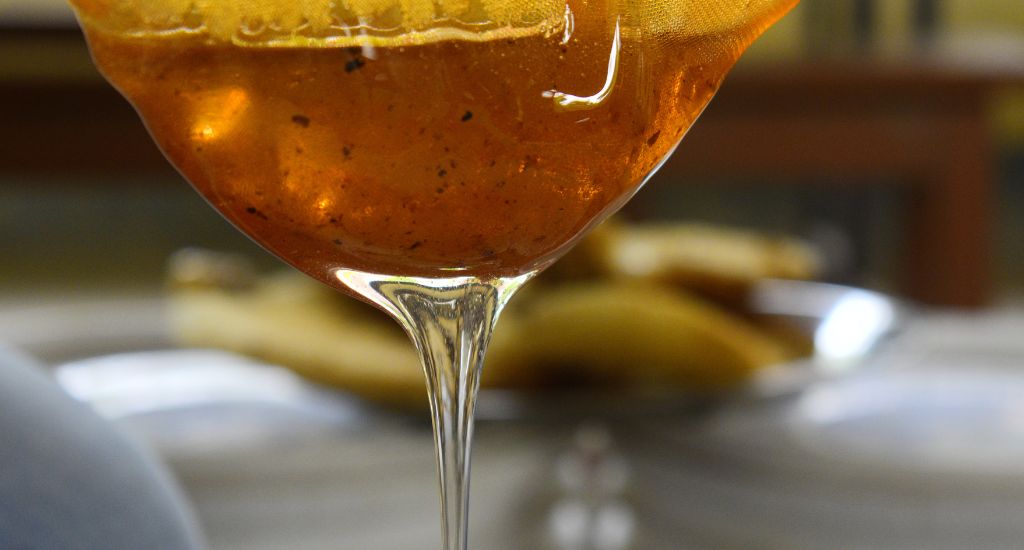
TRDSW team members held regular sessions about beekeeping and live demos at both the apiary sites. The exercise was started with a session on cost-benefit analysis for which a formula called laagat par laabh was developed for the village community to explain the importance of return on investment and profit margins in sales.
This author conducted a sampling session of Western Ghat honey from Mahabaleshwar and sunflower honey from Buldhana, a natural blend and an organic blend. Men, women and children at the village were amazed by the various flavours, textures, colours and pricing of these different types of honey.
When the women of Kelo learnt that we had brought the samples from Manghar, India’s first honey village at the foothills of Mahabaleshwar in Maharashtra, they expressed an interest in visiting the place to observe the apiary and learn from the villagers there.
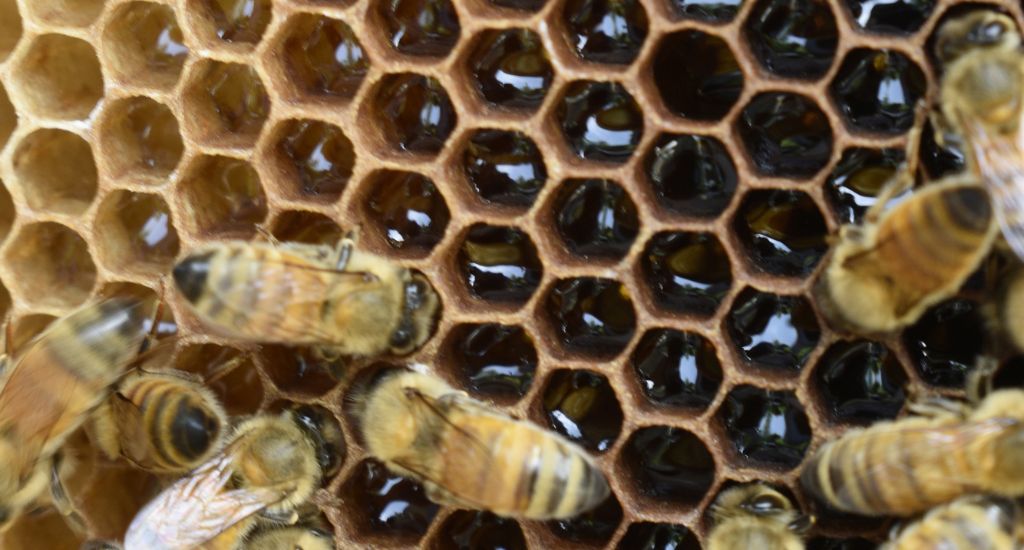
“We will sell sacks of rice to buy a ticket to visit this Manghar,” said Cecelia, a member of the SHG.
Anima replied, “We should make our village Kelo as the honey village of Jharkhand.”
Before the launch of the apiary programme – supported by The GROW Fund, Edelgive Foundation – we had a live demo of the Langstroth hive and an awareness session on identifying the flora, colour, texture and volume of types of honey during TRDSW’s mega event on International Women’s Day this year.
Meena Kumari and Namlen Guria of TRDSW informed 3,000 women participants about the components of the Langstroth hive. Those who visited the stall sampled karanj honey. About 25 kg of karanj honey was sold at the stall at Rs 500 per kg.

As part of the programme, many more knowledge building sessions were conducted in May. By then all the 50 beneficiaries had learned important terminology related to the apiary business.
“When I wake up every morning, I set out of the house wearing my bee veil. I tell my husband that I’m not going to the loo but to the hive,” Anima said with a grin.
Also Read | Farmers are making Kashmir a land of honey
In Kelo, 40 kg of honey was extracted and in Jarakel 26 kg was extracted in the first phase of the programme. The extraction was done with manually operated cylindrical extraction machines. Each machine can extract and store up to 60 kg of honey. This pure karanj honey has been filtered and stored in food grade containers for further marketing.
The lead image at the top shows Ruben Kandulna tending to the beehives at Jarakel village (Photo courtesy TRDSW).
Shveta Jadhav is the team lead at Torpa Rural Development Society for Women in Khunti, Jharkhand.